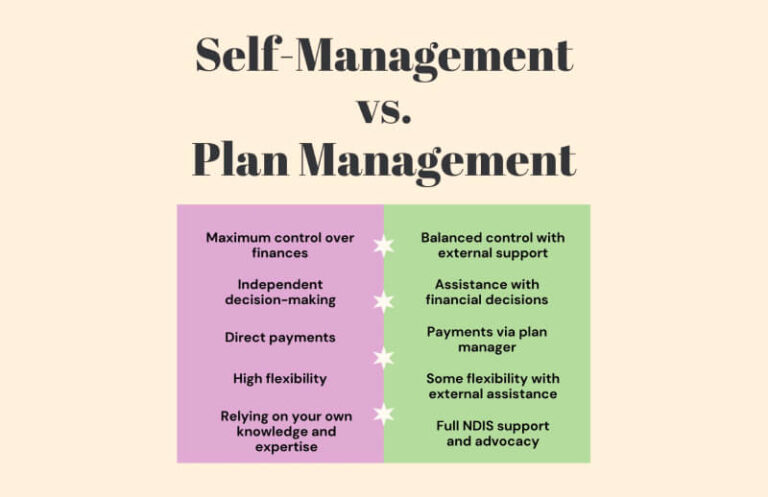NDIS Eligibility and Access: A Step-by-Step Guide

The National Disability Insurance Scheme (NDIS) is a landmark initiative that revolutionized disability support in Australia. Launched in 2013, the program is administered by the National Disability Insurance Agency (NDIA) and aims to provide individualized funding to help people with disabilities achieve their goals. Unlike previous block-funded systems, the NDIS emphasizes participant choice, control, and flexibility. By placing participants at the heart of decision-making, the scheme aims to empower them to pursue education, employment, and community engagement on their own terms.
Under the NDIS, eligible participants receive funding based on their personal circumstances, disability-related needs, and short-term or long-term goals. The funding is typically allocated across three main categories: Core Supports, Capacity Building Supports, and Capital Supports. This structure allows for targeted and meaningful use of resources, whether it’s assistive technology, home modifications, or support coordination services. In turn, participants can tailor their NDIS plans to align with their aspirations, making the NDIS a person-centered model of care.
Determining your eligibility for the National Disability Insurance Scheme can feel daunting, but understanding the process is the first step toward accessing life-changing support. The NDIS aims to assist Australians under 65 with a permanent and significant disability that affects their capacity to perform daily activities. Essential criteria include Australian residency or holding a Protected Special Category Visa, as well as meeting disability requirements outlined by the NDIA.
The initial phase involves submitting an Access Request to the NDIA. This form collects personal details, evidence of disability, and consent to gather further information if necessary. Be prepared to supply medical assessments and reports from allied health professionals to demonstrate how your disability impacts your functional capacity. Once the NDIA receives your documents, they will evaluate your case to confirm whether you meet the eligibility criteria. Prompt responses to any requests for additional information can help speed up the process.
After receiving the decision, successful applicants are invited to a planning meeting. During this conversation, an NDIS planner or Local Area Coordinator (LAC) reviews your support needs, personal goals, and existing services. This meeting is a crucial opportunity to discuss your day-to-day challenges, aspirations, and the specific support categories needed to live more independently. Common support types include Core Supports like personal care or transport, Capacity Building supports such as therapy or skill development, and Capital items like assistive technology or home modifications. If you meet all the eligibility requirements, you will gain access to NDIS funding tailored to your unique circumstances. This funding allocation appears in your NDIS Plan, which outlines how the resources are distributed across various categories. For accurate and updated information on NDIS eligibility, refer to the official NDIS website. By following these steps and preparing thoroughly, you can help ensure a smooth journey into the NDIS. Being proactive and organized not only benefits your application process but also lays the groundwork for receiving the supports you need to thrive.





